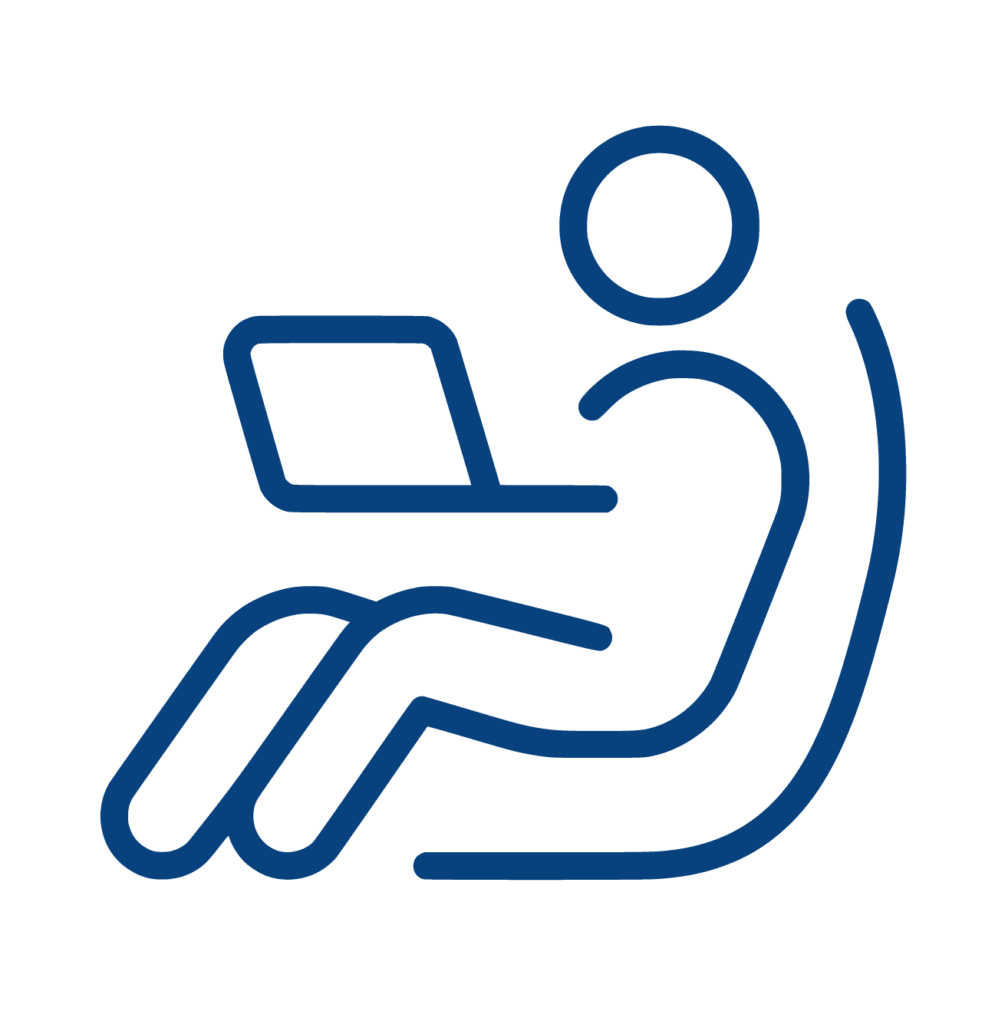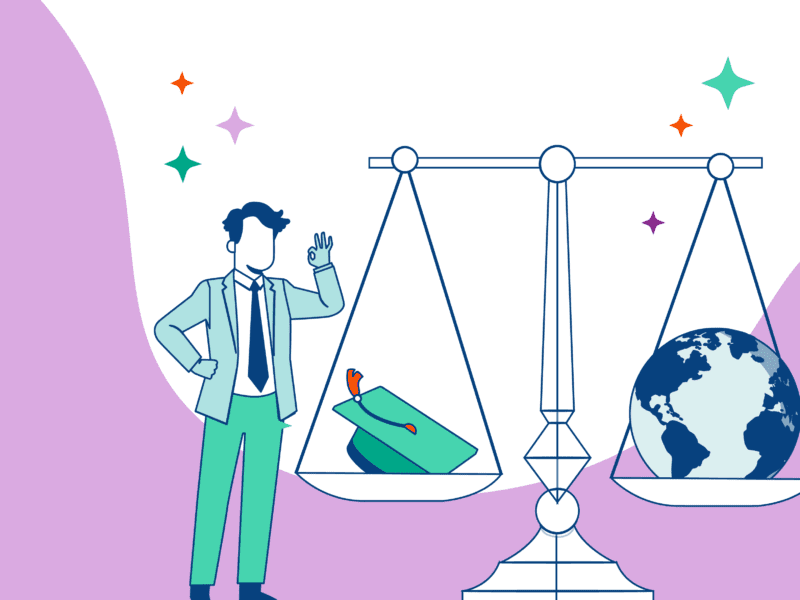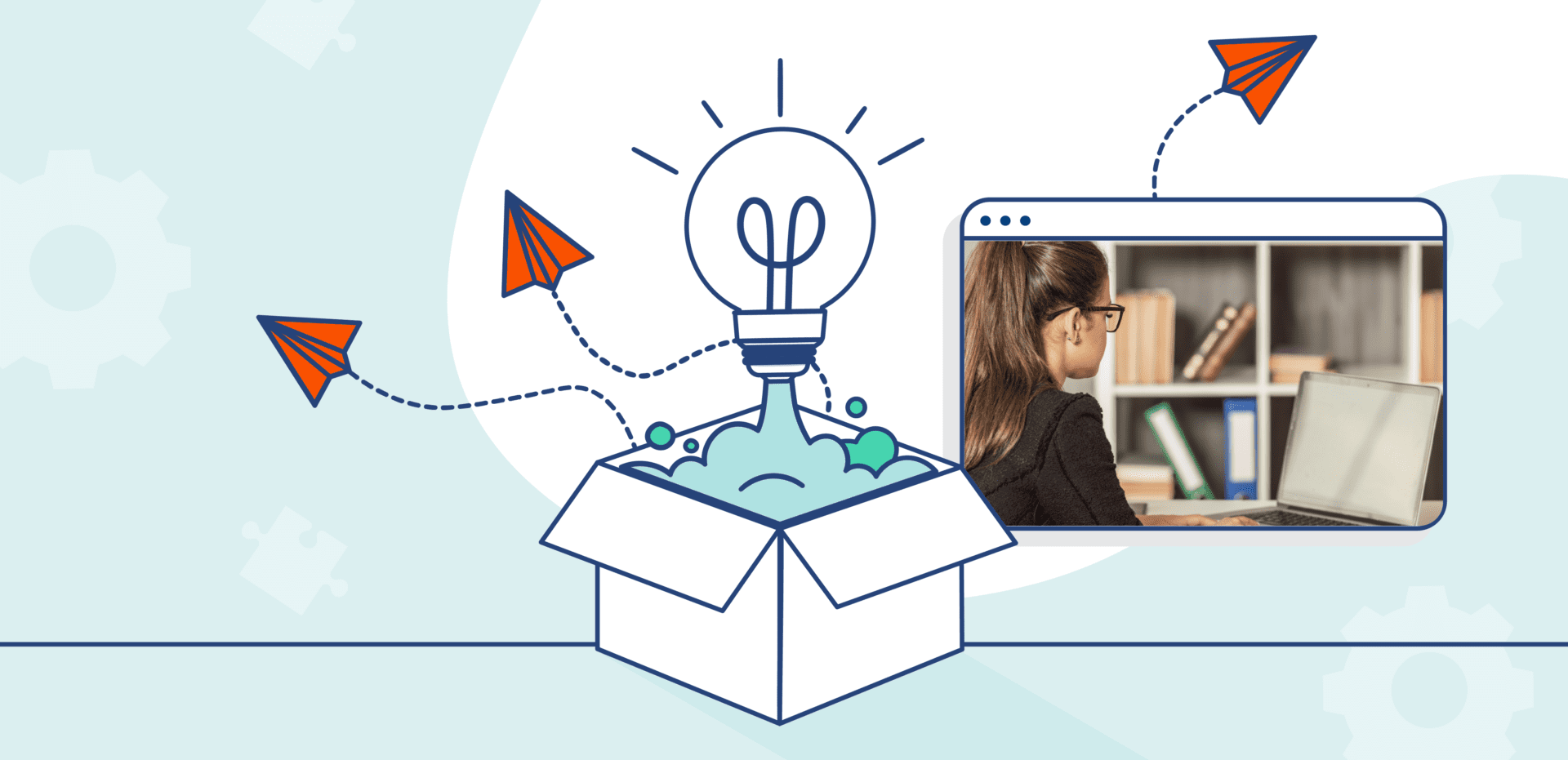
Academic integrity is a major issue facing educational institutions, albeit not a new one, and in today’s world where information is so easily accessible, the way in which we seek out, consume, and most importantly use information is changing every day. In education, this ever evolving landscape necessitates the advancement, and even transformation of originality and academic integrity conversations as a foundational learning concept in the classroom rather than redirection after the fact.
In doing so, originality becomes a key part of the learning process- shifting the mindset from the historical notion of catching cheaters into something more integral to the learning process- it becomes an interactive and useful exercise. This shift enables educators to focus on teaching learners how to be more authentic and original in their work, as well as opens the door for the role of academic integrity tools as useful resources that bring insight and feedback in the learning process rather than being leveraged as cheating detectors.
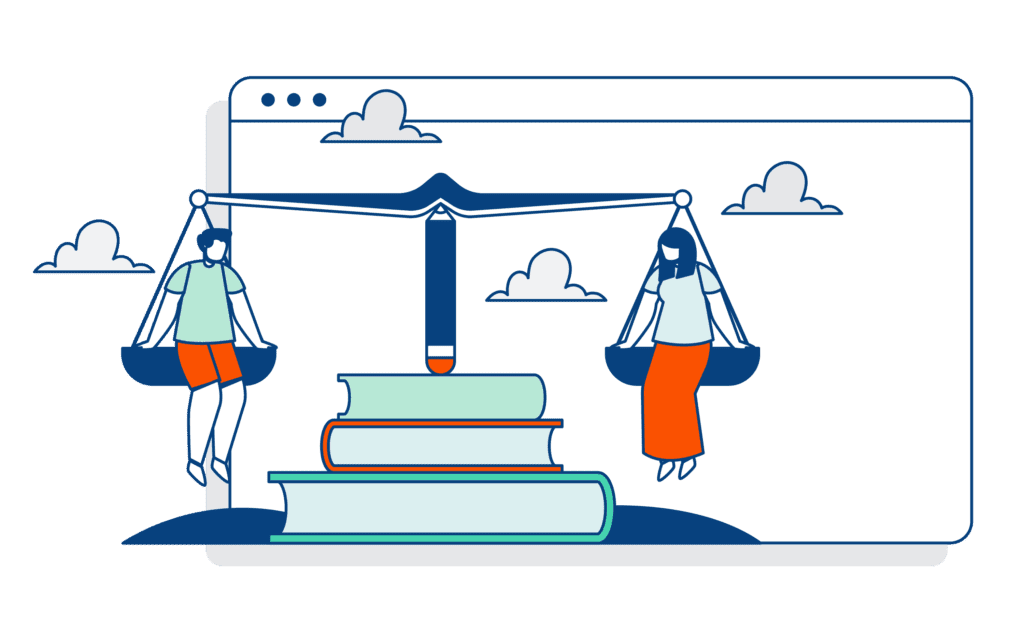
Historically, institutions have used originality tools to deter, as the emphasis was on identifying and preventing academic misconduct, which was seen as essential in upholding the institution’s reputation and the credibility of its qualifications. Mulenga and Shilongo (2024) state, “Academic institutions, the bastions of truth, originality, and integrity, stand as pillars of knowledge and character development.
Plagiarism, however, strikes at the heart of these principles, effectively undermining the very bedrock upon which the academic world is built.” With more than 60% of university students self-admitting to cheating in some form (ICAI, 2020), how do we empower teachers to bring this topic into their classroom, making it a key part of the learning experience, before the cheating occurs?
This article explores this very idea, that originality can be taught, and discusses how that can take place in the classroom- specifically through an interactive thinking and writing process. The result, empowering individuals to build a set of essential skills that empower them both personally and professionally.
An Educational Approach to Original Authorship
Academic misconduct, and more specifically plagiarism, is not a new concept and represents a severe violation in academia. According to Whitley and Keith-Spiegel, who argue professional educators have been exposed to students engaging in cheating of some kind, this new information age poses, “just a newer version of an old familiar problem.” (2001).
Students have access to information everywhere they turn, and with the addition of AI, many truly do not understand how to critically think or question the information they are consuming. This presents a great opportunity for academic institutions and educators, begging the question of how to empower independent thought while also incorporating useful and important information from credible sources into original work. This approach then transcends academic policies on plagiarism and focuses on educators taking a more proactive approach in creating a culture of academic integrity that fosters learning, understanding, and ultimately, integrity.
In advocating for a learning first approach, Columbia University’s Center for Teaching and Learning advocates that, “…instructors can help students understand their responsibilities through frank classroom conversations that go beyond policy language to shared values.” In doing so, instructors have the unique ability to minimize academic misconduct by creating a “learning environment that stimulates engagement and designing assessments that are authentic.” (2024).
As a former student and educator in the liberal arts, I argue this is accomplished through the intersection of critical thinking and originality, and the way in which it enables teachers and institutions to educate learners through the creation of authentic work- a topic that is again swirling in higher education circles with the growth of AI.
This idea, that of teaching learners HOW to think, rather than what or why to do so is crucial to their success. This is done in a variety of ways that promotes creative thinking and expression, including: prioritizing and fostering asking the right questions, incorporating opportunities for students to develop their intellectual curiosity, leading them to seek out meaningful scholarly sources, supporting students’ growth through a constructive feedback loop, and actively teaching research and citation/attribution skills early in their academic careers. This approach puts originality at the forefront, becoming a cornerstone of their learning that is driven through feedback and revision, as well as introducing the use of academic integrity tools, transforming them from merely a mechanism used to punish students for plagiarism to a tool they can use to support their individual and academic growth.
By actively engaging with our learners throughout their writing process, the opportunity to create a classroom environment focused on authenticity hones in on learning outcomes, rather than just deterring cheating, and facilitates building trust and transparency through rich conversations regarding misconduct vs misunderstanding, while also teaching meaningful skills such as- personal voice, the integration of knowledge across fields, complex critical thinking and problem solving, and ethical decision-making, all of which are directly applicable not only in their future career but also in society at-large.
Leveraging Academic Integrity Tools
Academic integrity needs to be seen as an opportunity to learn, rather than a punitive “us vs. them” process. Academic institutions have Academic Integrity Policies that provide the framework and structure for academic misconduct, but they often lack a robust understanding and therefore lack clear direction on the prevention part of the equation.
Policies are useful in guiding educators once a learner has committed a violation, it is usually a clearly outlined series of steps based on severity of the offense, but oftentimes provide little direction on how to educate learners in crafting original work ultimately resulting in ambiguity when it comes to the increasing prevalence of AI-driven authorship. This is a large lift to do alone, but tools are available to assist once an established foundation, moving from restrictive to integrative methods, is in place.
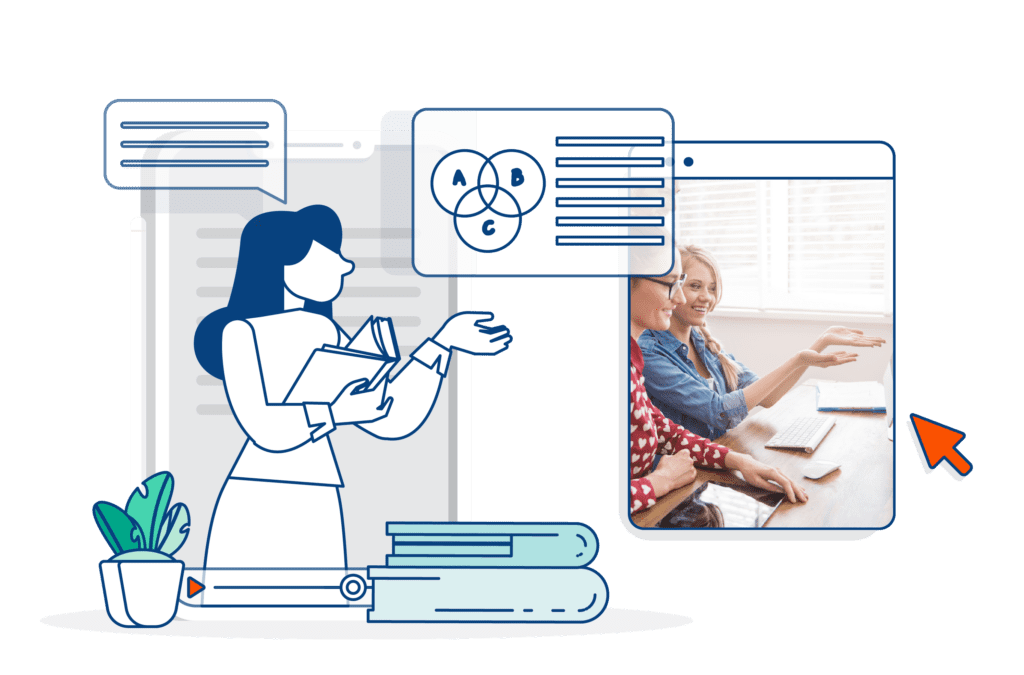
Above and beyond the educational process taking place inside the classroom, another way of addressing originality is through the incorporation of originality ed-tech tools that provide learners with a pre-check process whereby they have direct access to timely and relevant feedback as they move through the drafting and writing assignment.
Seamlessly integrated tools, that support teaching and learning, are now more than ever being utilized to empower students in their creation of writing through checking their own work, identifying where there are citation issues leading to improper attribution, and assisting with proper paraphrasing- all common plagiarism mistakes. It is important to note that these tools also provide educators with a verifiably accurate and detailed method in which to detect academic misconduct giving them the ability to set clear expectations and clearly point to where issues arise.
Writing is a process, from research to drafting, analyzing, and going through multiple edits before reaching a conclusion. It is not an easy process and one that involves a great deal of work before we arrive at a polished finished product. Giving learners multiple “at-bats” allows for a feedback loop that ultimately leads to continuous improvement.
In leveraging tools to support what educators are doing in the classroom, we acknowledge that learners’ work evolves and is not a single snapshot in time. To this end, in having the ability to submit drafts of their work through an originality tool, learners are given the opportunity to reflect on their writing, make their word or sentence choices stronger and more unique, and, most importantly, self-assess the strength of their own original ideas and writing in relation to the sources they are using.
In short, by facilitating originality as part of the learning process, students are provided with the knowledge and tools to improve and enhance their thinking, analyzing, and writing abilities, which ultimately teaches them how to write- a skill that will benefit them throughout their personal and professional lives.
Academic Integrity in the 21st Century
Authorship, attribution, and the originality of content will continue to become more complex due to the evolving landscape of academic cheating. Educators play a significant and often pivotal role in the teaching and learning process, and at Inspera, we are committed to putting pedagogy and the educator’s response to the unique challenges posed by plagiarism and AI-generated text, before technology. In doing so, we support our partners in this ever-evolving conversation of maintaining integrity both in and out of the classroom.
Through the adoption of key strategies and practical guidelines that reflect AI’s presence in higher education and plagiarism in the age of automation, educational institutions have the opportunity to not only prevent cheating but provide their learners with a set of skills that will benefit them throughout their lives. Focusing on an open and transparent learning environment, educators can foster critical thinking, provide tools and resources that support constructive feedback, emphasize proper citation practices, and ultimately drive the ethical ideology of authenticity and integrity. In doing so, learners are empowered to create original work that drives new ideas or questions which ultimately contributes to the accumulated knowledge within their discipline, as well as increasing their preparation for life outside of academia.
Jessica Awtrey, Head of Americas, Inspera. Former Educator & Assistant Dean.
—
Inspera Originality helps educators make originality a key part of university learning. To learn more, click here.
Works Cited
Columbia University: Center for Teaching and Learning. “Promoting Academic Integrity.” https://ctl.columbia.edu/resources-and-technology/resources/academic-integrity/
International Center for Academic Integrity (ICAI). Facts and Statistics. 2020. https://academicintegrity.org/resources/facts-and-statistics
Mulena, Robert, & Helvi Shilongo. “Academic Integrity in Higher Education: Understanding and Addressing Plagiarism.” Acta Pedagogia Asiana. 2024. 30-43.
Whitley, Bernard e. & Patricia Keith-Spiegel. (2001). Academic Dishonesty: An Educator’s Guide. Psychology Press. New York, NY.
